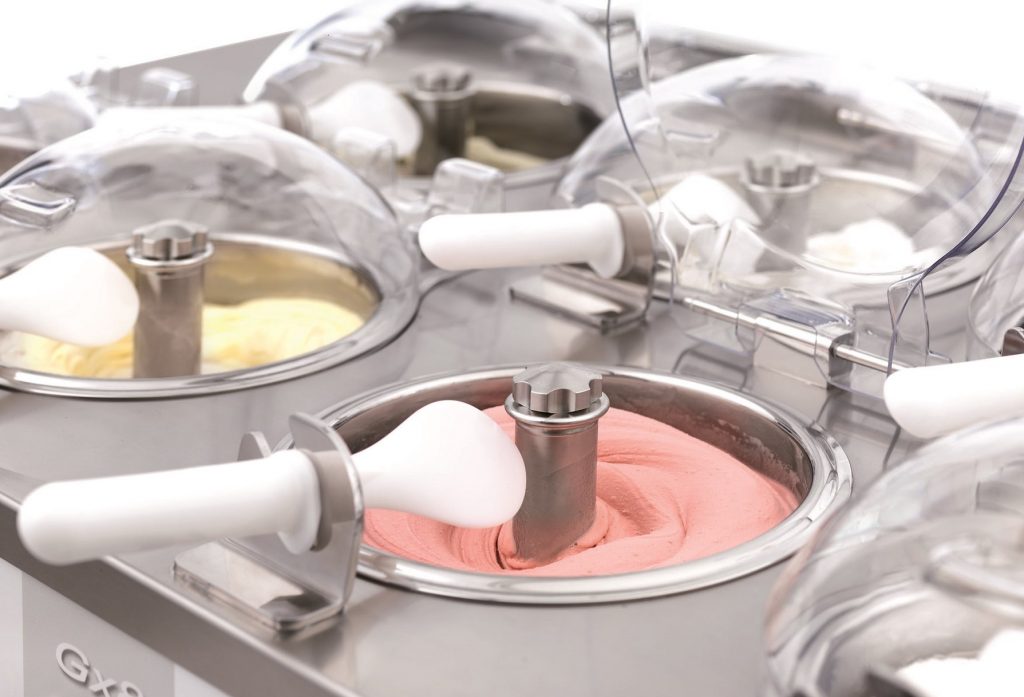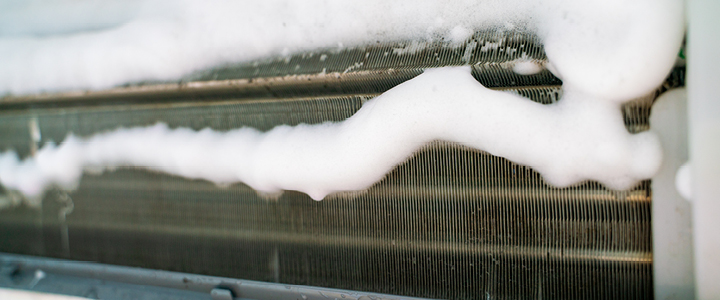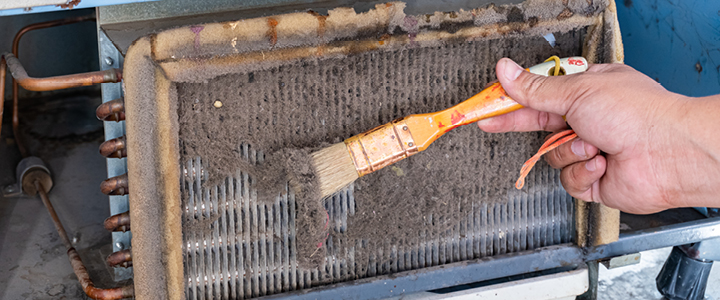Why Regular Cleaning & Maintenance of Your Display Cabinets Matters More Than You Think
When it comes to ice cream, gelato and refrigerated display cabinets — whether in a café, deli, ice cream parlour, convenience store or supermarket — reliability is everything. These units work tirelessly to keep food and drink at safe, optimal temperatures while also presenting them in the best light to customers.
But just like any piece of hardworking equipment, regular cleaning and maintenance aren’t optional — they’re essential. Ignoring basic upkeep can lead to reduced performance, higher energy bills, and costly breakdowns. Here’s why maintaining your display cabinets should be part of your routine — and the three key areas you should never overlook.
1. Defrost the Evaporator to Prevent Ice Build-Up
One of the most common — and most damaging — issues in refrigerated display units is evaporator icing.
When warm air enters the cabinet (which happens every time the door is opened), moisture condenses on the evaporator coils. Over time, this moisture can freeze and build up, eventually forming a thick layer of ice. This has serious consequences:
-
Reduced cooling efficiency
-
Inconsistent temperatures inside the cabinet
-
Increased energy consumption as the system works harder
-
Potential spoilage of stock
Regular defrosting is key to avoiding these problems. Whether your unit has an automatic or manual defrost function, make sure it’s operating correctly. If manual, schedule routine defrosts to prevent ice from accumulating beyond control.
Advice: Try to completely empty your display cabinet (storing your products in an alternative fridge or freezer) every week or so and switch it off over night. This will allow the unit to completely defrost. If the unit has a large build up of ice, water may appear on the floor around the cabinet. If this happens, try to defrost the cabinet more regularly.
Regularly defrosting your display cabinet will also allow you to give it a good clean. This is often difficult when the unit is operational, especially if it’s a frozen display.
Tip: If you notice water pooling inside the cabinet or products not staying as cold as they should, ice build-up may already be affecting performance. You may not be able to see all of the evaporator in your cabinet.
2. Clean the Condenser to Prevent Overheating
The condenser is the component responsible for releasing the heat your cabinet pulls from inside. It’s often located at the rear or bottom of the unit and includes a fan and a set of coils. Over time, this area becomes a magnet for dust, grease, and debris — especially in busy foodservice environments.
When airflow is blocked by dust, the condenser can’t release heat efficiently. This forces the compressor to work overtime, which can lead to:
-
Higher energy bills
-
Overheating of the compressor
-
Shortened lifespan of the unit
-
Unexpected and costly breakdowns
Cleaning the condenser coil at least once a month can significantly reduce the risk of failure. In high-traffic or greasy environments (like kitchens or cafés), even more frequent cleaning may be necessary.
Tip: Use a soft brush or vacuum cleaner with a nozzle attachment to gently remove dust and dirt without damaging the coils.
3. Ensure Clear Airflow Around the Unit
Refrigerated cabinets need good airflow to keep internal systems cool and operating efficiently. Both the front and rear vents play a critical role in helping the condenser and compressor stay at optimal working temperature.
When these vents are blocked by packaging, bins, walls, or general clutter, it restricts airflow — and that leads to heat build-up, higher energy use, and an increased risk of overheating or failure.
To avoid this:
-
Keep a minimum clearance (check manufacturer’s guidelines) at the rear and sides of the unit
-
Never stack items in front of ventilation grilles
-
Don’t place cabinets flush against walls without room to breathe
-
Routinely check that airflow paths are unobstructed
Tip: If you notice the unit running hot or unusually noisy, restricted airflow may be the cause.
Proactive Maintenance = Long-Term Savings
Investing a few minutes each week into cleaning and defrosting your cabinets pays off in big ways:
-
Extends the life of your equipment
-
Improves energy efficiency
-
Maintains consistent product temperature
-
Reduces downtime and emergency repair costs
-
Keeps your food looking fresh and professional
Final Thought
Your refrigerated and chilled display cabinets are vital to your business — and they’re not cheap to replace. Treat them well with regular cleaning, timely defrosting, and routine maintenance to ensure they keep running smoothly through the seasons.
Need advice on maintenance schedules or replacement units? Our team is here to help — just get in touch.
ISA Helpdesk
If you have an ISA refrigerated or frozen display cabinet and have a question or are looking for some advice. You can contact the ISA Helpdesk via email and we’ll help you with your query, or if needs be, we’ll assist you in placing a reactive service call with HTG Service.
Call 01473 350000 (option 1)
ISA Helpdesk – isahelpdesk@taylor-company.co.uk
Download the ISA Maintenance Guide – Click Here >>>














